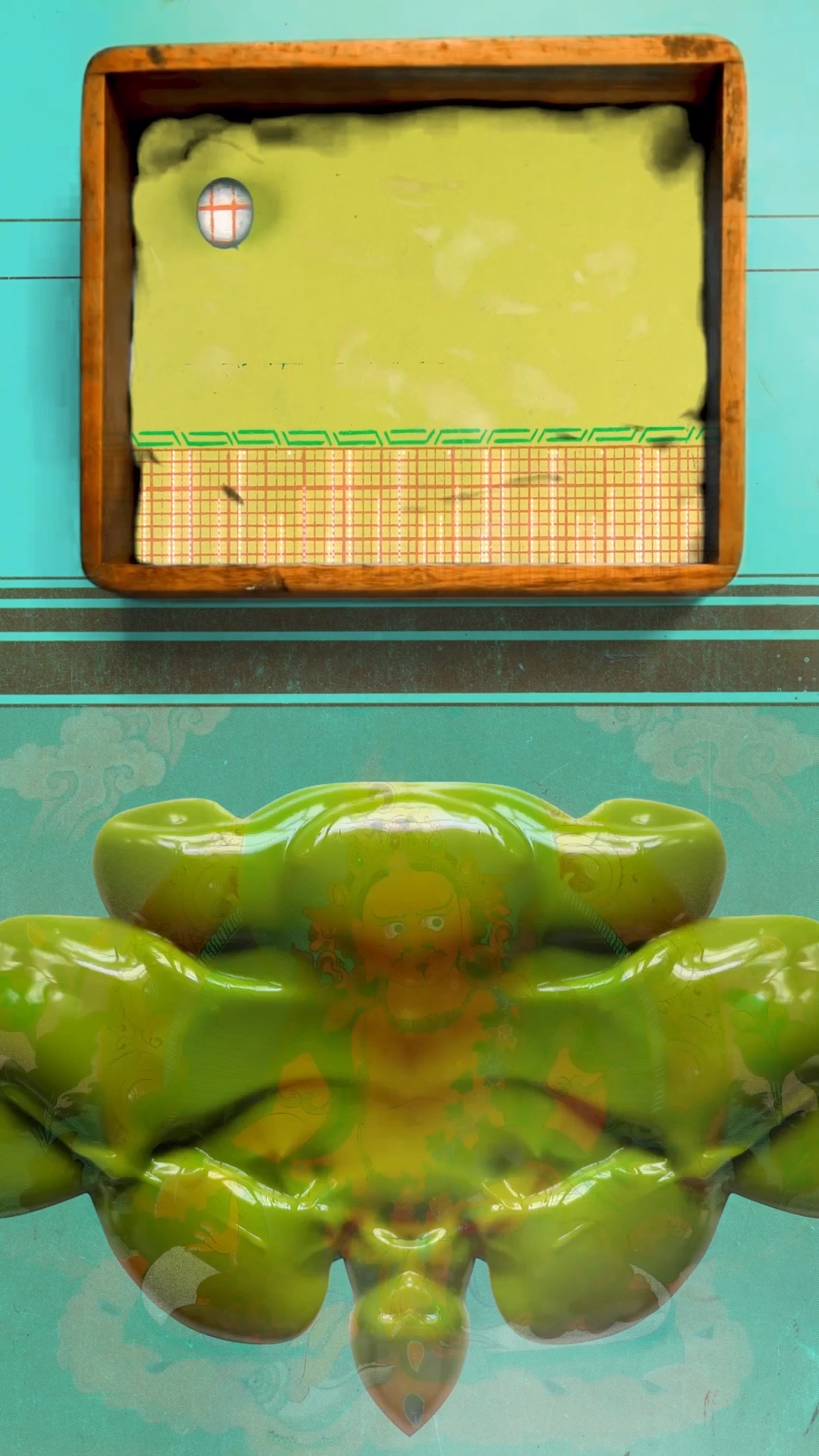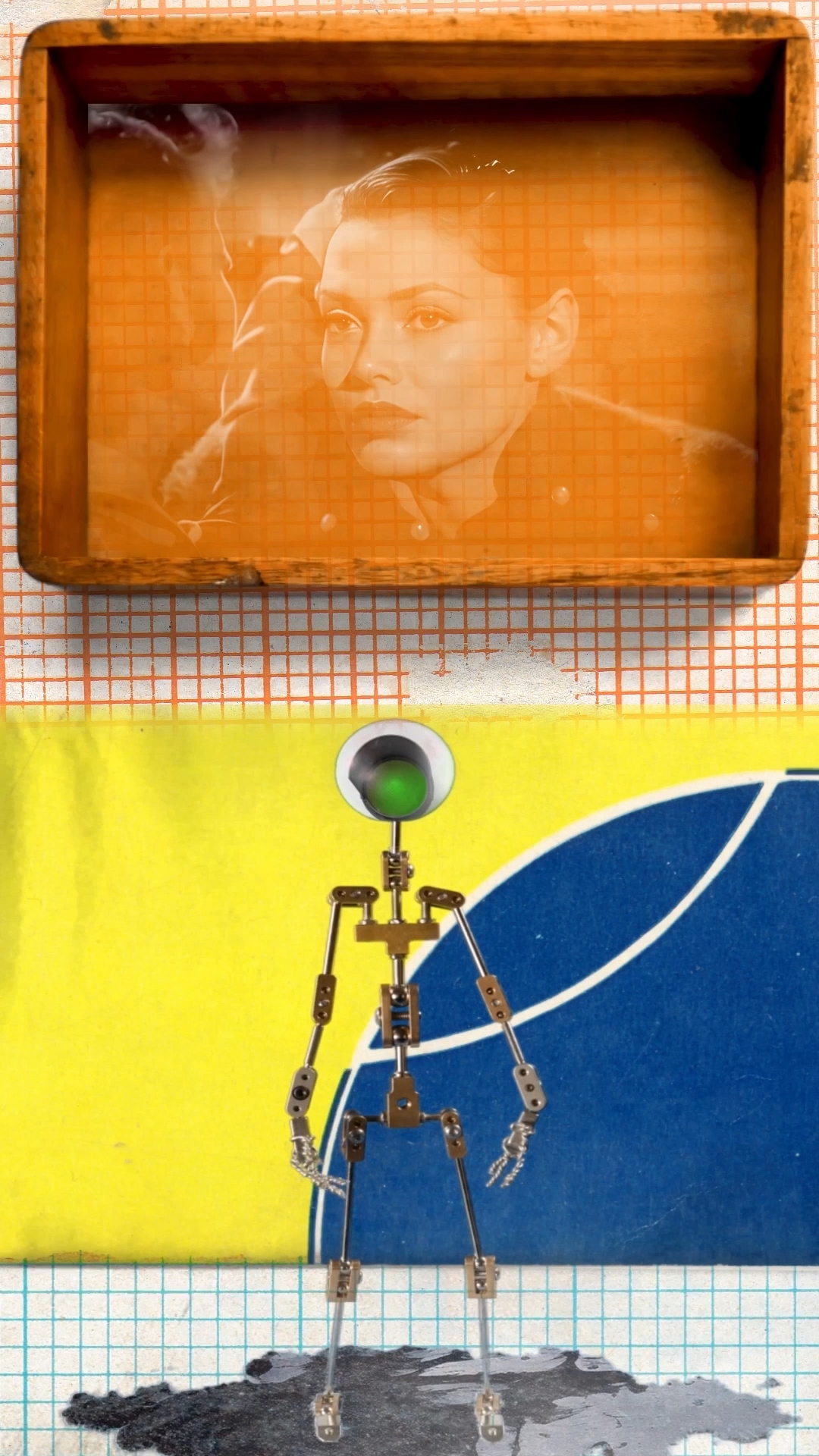Play-Doh to Pixels | The Creative Process of 'Making Time'
The Story
"Making Time," created as part of a stop-motion class at Aardman Academy, represents a personal exploration into the world of animation. The film, inspired by a segment of Korolova's electronic music track of the same title, serves as a canvas where academic learning blends with a personal touch. This project is not just about creating motion but also about finding meaning in the process.
The film uses a variety of materials, such as finger paint, play-doh, and toy blocks, to weave an abstract narrative. These elements, familiar yet presented in unexpected ways, invite viewers into a world shaped by both childhood memories and adult creativity. The use of AI in conjunction with traditional stop-motion techniques highlights a journey of discovery and experimentation.
In "Making Time," the narrative is open-ended, allowing viewers to draw their own interpretations from the visuals. The film's title reflects both the literal process of creating a stop-motion film and the broader concept of making time for what matters. This title also hints at the patience required in animation, where each frame is crafted with care.
The film's creation was a learning experience, transitioning from a project driven by passion to a more academic exploration. Sound plays a critical role in the film, with Foley work adding depth and dimension to the visual elements.
Ultimately, "Making Time" is an invitation to viewers to engage with the film not just as a spectacle but as a reflection of the dedication behind the art of stop-motion animation. It’s a project that hopes to inspire a sense of curiosity and appreciation for the craft, encouraging viewers to find joy and meaning in the small details.
Film
Interview Q&A
What was the inspiration behind "Making Time"?
"Making Time," my capstone project for a stop-motion class at Aardman Academy, a renowned Animation Studio in London, represents a fusion of academic learning and individual creative exploration. This work blends traditional stop-motion techniques with innovative elements, utilising a variety of materials, including finger paint, play-doh, plasticine, and unique items like toy blocks from Nepal and bespoke wooden boxes. Additionally, the project showcases my experimentation with Artificial Intelligence, integrating it with photography and stop-motion animation to create a distinctive and multifaceted artistic expression.
Four main segments from my course, Stop-Motion 1, are interspersed throughout the film and interact with the other objects. I chose the following studies I did in the class: the bouncing balls and pendulum, the armatures sitting down and standing up sequence, the animated idle, and the arm swinging exercise.
Did the piece begin with a specific theme or message, or did it develop over time?
The genesis of the piece was an electronic music track remix by Korolova titled "Making Time," which resonated deeply with me. I fixated on a particularly evocative 30-second segment of the song, crafting an abstract visual narrative around its lyrics:
“You’re always making time
for everybody else but me
But when you’re fading I’m the only
One you need
You’re always making time”
These words beautifully mirror the essence of stop-motion animation, especially the meticulous movement of armatures. The painstaking process of animating inanimate objects, frame by painstaking frame, echoes the unheralded dedication of the individual in the song, who consistently supports others yet remains unseen. In some stop-motion, armatures are the hidden yet pivotal framework allowing for movement, akin to the person who is ever-present for others, albeit unrecognised until their absence is felt. This striking parallel underscores the theme of indispensable yet often unnoticed support in both interpersonal dynamics and the art of stop-motion.
Can you describe your creative process for making this film?
My aim was to craft an animated piece that builds upon my prior classwork while not making it the focal point. I aspired for a cohesive work, illustrating that the armature, despite the intricate effort involved in its animation, is essentially akin to any other prop on set, playing its part in storytelling without dominating the scene. This piece intentionally lacks a rigid narrative structure, opening and closing with finger paint and weaving in elements reminiscent of childhood play. By using familiar childhood materials, I sought to capture the delight in reimagining everyday items from our youth, breathing life into them through adult creativity. This project celebrates the essence of stop-motion animation: the magic of animating the inanimate, requiring us to tap into a child-like imagination where inanimate objects not only move but also seem to have their own voices and stories.
What materials and methods did you use in creating the stop-motion animation?
While I've already discussed the materials used in "Making Time," it's important to highlight the techniques employed. In contrast to my usual practice of utilising found GIFs, for this project, every element underwent a transformation. This was achieved either through digital enhancement or complete alteration, with Artificial Intelligence playing a pivotal role in each process. My intent was to infuse a sense of personal ownership and to create derivatives that contribute to a broader artistic vision. Stop-motion remains the heart of my work, bridging the tactile and the digital realms in a delicate balance. Embracing the ever-evolving tools of digital storytelling, my goal is to weave these elements into my work, crafting a narrative that harmoniously blends the digital with the analogue, not just aesthetically but also in a way that resonates compellingly with the audience.
Two fascinating instances below demonstrate the creative application of AI in media transformation within the work: First, a GIF underwent a meticulous enhancement process where each frame was individually upscaled using RunwayML, followed by a careful reconstruction using frame interpolation to improve its overall quality. Secondly, an inventive approach was taken with another two GIFs: they were converted into MP4 files and input into an AI video generator. Leveraging the nuances of prompt engineering, these files were visually transformed, showcasing the versatile capabilities of AI in altering and enhancing digital media and making it your own.
I also frequently incorporate found visuals in my work, sourced from scanned books or collected visual data over the years. I transformed such imagery in two notable instances in this film: once with material from an airplane safety manual and another time with graph paper. My approach was straightforward. I used the 'describe' function in Midjourney, where I uploaded an image, the program generated a descriptive prompt, and I then chose the image result that appealed to me the most.
Were there any significant challenges you faced during the creation process?
The abstract quality of the song that inspired "Making Time" necessitated a departure from my conventional approach to narrative writing, steering me towards a more visually-driven storytelling method. This shift involved the strategic use of repeating visual motifs as a means of foreshadowing and denoting different stages of the narrative. A prime example is the recurring theme of finger paint, which bookends the piece, and the consistent use of a wooden box as a central visual element. These deliberate choices were aimed at establishing visual coherence, allowing the audience to piece together a broader, more cohesive story from these recurring images.
What are the key visual elements in the film?
In "Making Time," the armatures and everyday objects take centre stage, almost as if they are two distinct characters engaging in a playful dance. They serve as the primary visual elements, each playing a crucial role, bringing the narrative to life in their unique way.
I conducted an engaging experiment where I extracted still frames from the video and submitted them to ChatGPT for analysis, followed by a request to generate corresponding image prompts. These prompts were then used in both ChatGPT and Midjourney. Presented below are the original stills alongside the interpretations created by the AI. It is worth noting the limitations of AI here, how even though the capabilities of ChatGPT’s data image analysis are astounding, it still cannot convey it in the picture.
For example, while putting in early frames of the video, the data image analysis gave me these responses:
“This artwork strikes a balance between structure and turmoil, with its divided composition juxtaposing a tidy window frame atop a turbulent, green entity that seems to be in a state of flux. The cohesive green palette bridges the two realms, inviting a range of interpretations from renewal to disintegration. At the centre lies a reflective, symmetrical visage imprinted upon the amorphous substance, hinting at themes of self-awareness and the mutable nature of identity. The stark contrast in textures—between the upper half’s solid calm and the lower half’s gleaming, fluid movement—heightens the sense of dissonance and transformation. The image’s technical execution is skilful, with a digital fusion that appears both deliberate and effortless, inviting the viewer to a state of contemplation about the complexities of perception and the layered depths of the subconscious. Overall, the piece is a thought-provoking fusion of reality and illusion, stability and metamorphosis, provoking a deeper reflection on the enigmatic human experience.”
“This composite artwork presents a thought-provoking duality between the nostalgic humanity and the stark reality of technology. The upper section is warmly tinted, showcasing a serene woman’s face that seems to be framed by the past, her expression poignant with contemplation. Below, a mechanical figure stands in stark contrast, composed of cold, precise mechanical parts, perhaps signifying the inexorable march of progress and the rationality of the future. The use of a grid pattern throughout introduces a motif of structure and order, while smoky wisps add a layer of mystery, hinting at the ephemeral nature of time. The juxtaposition of the human element with the robotic figure could be an artistic commentary on the complex interplay between emotional depth and mechanical detachment, suggesting a narrative about the integration of technology into the fabric of human life. This piece might be interpreted as a visual discourse on the convergence of tradition with innovation, the emotional with the logical, and the subtle tensions between the warmth of human history and the cool promise of a technological future.”
What ChatGPT missed in Image 1 was the ball and the image of the Nepali Thangka painting on top of the finger paint. It seemed to focus only on the major elements and leave out the small details that, in the end, could make the shot. However, it did, in written form, pick up on my use of playing the complexities of perception and how the layered depths of my work present larger narratives, which I have at times found hard to articulate as nicely.
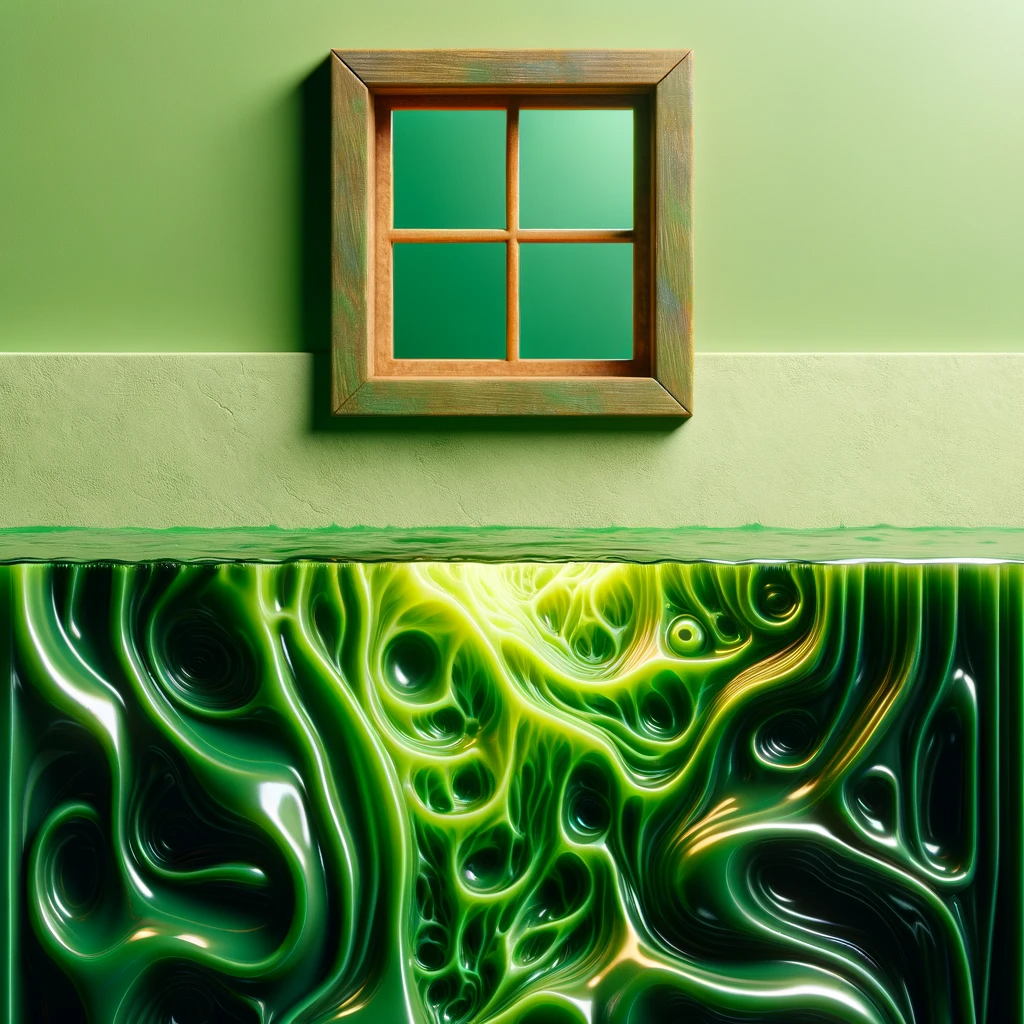
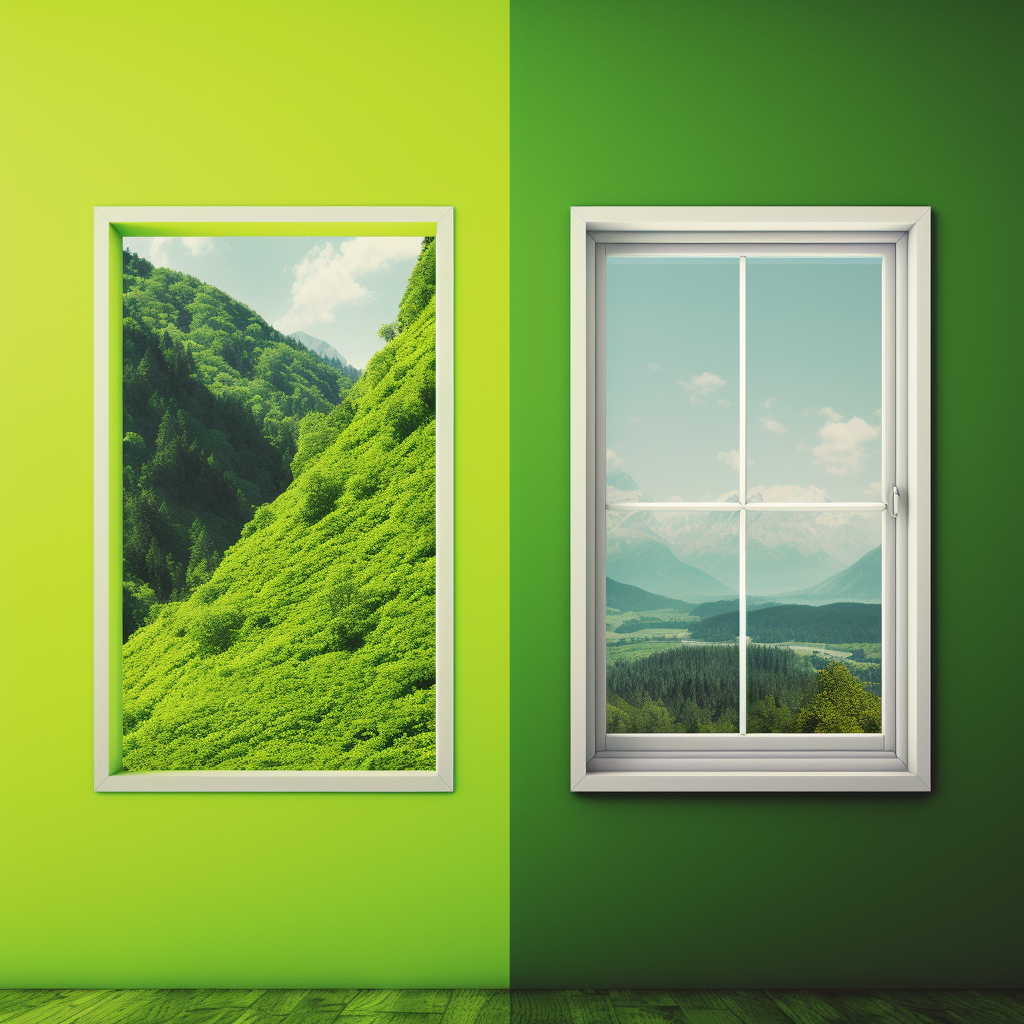
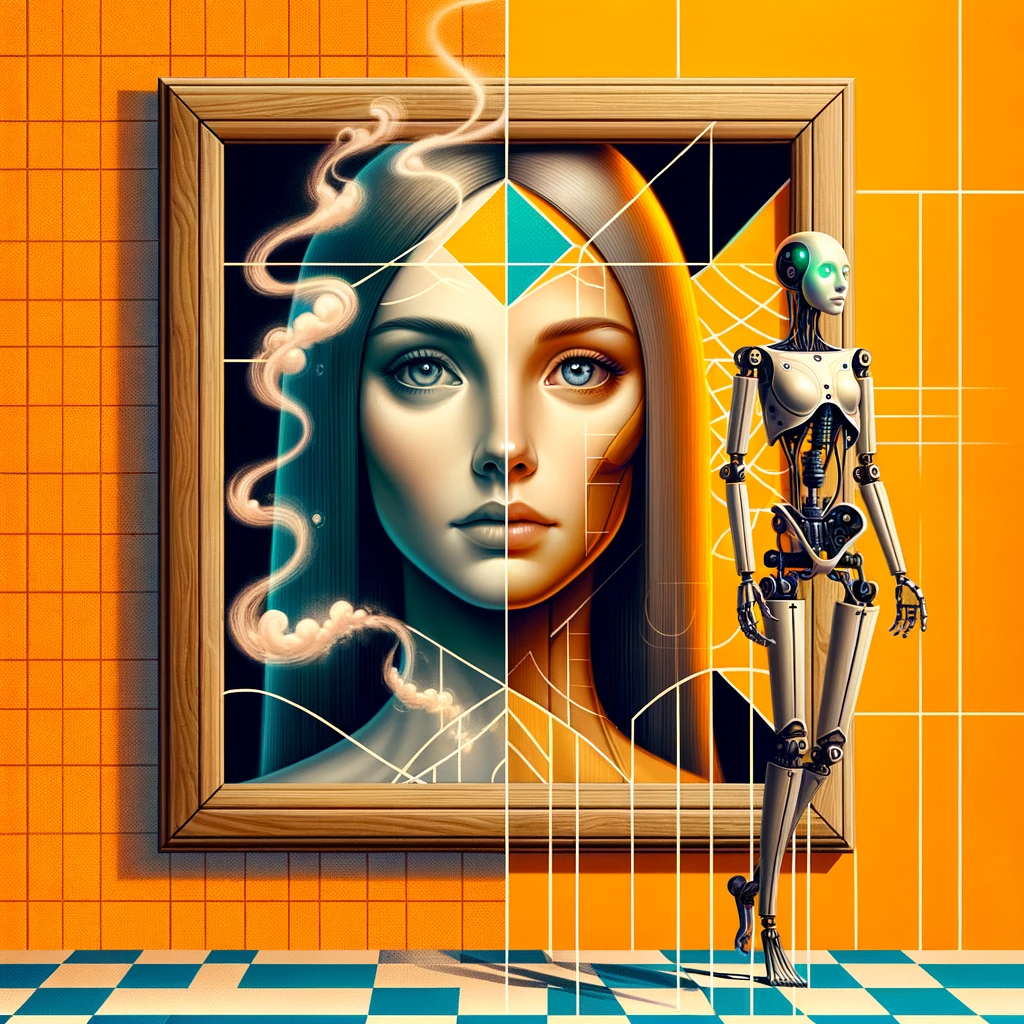
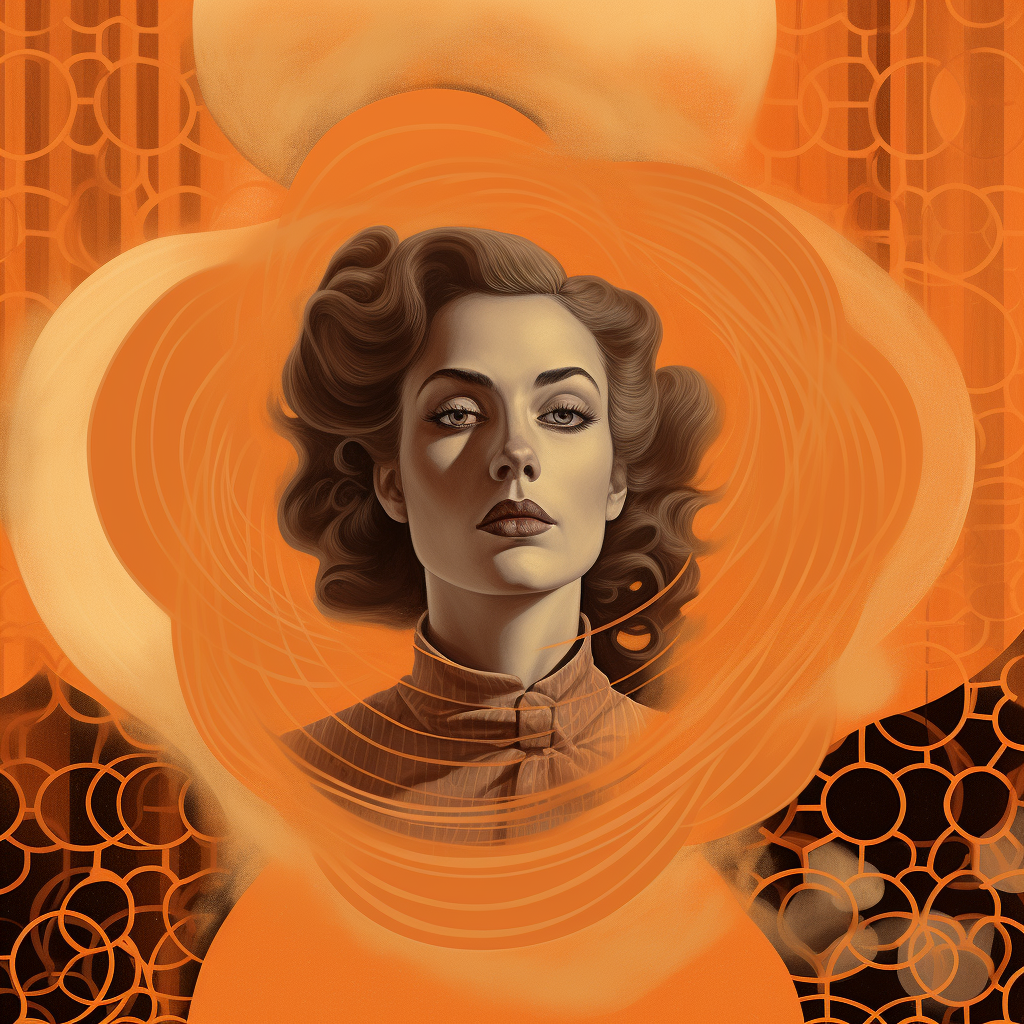
How do these elements contribute to the film's abstract nature?
The use of familiar objects imbues the film with a layer of nostalgia, creating a unique juxtaposition where everything is recognisable yet presented in an unconventional manner. This subtle distortion of the familiar lends an abstract quality to the film.
Is there any symbolism or metaphor embedded in the visuals?
The visuals draw inspiration from nostalgic memories, symbolising the reinterpretation of the past through a contemporary lens. This creates a metaphorical bridge between then and now.
Does the film follow a narrative, or is it more experiential?
The film is primarily experimental, focusing more on creating a sensory experience rather than following a traditional narrative structure.
How is the concept of time represented or explored in the film?
Time is depicted through the use of pendulums and the deliberate repetition of objects, symbolising its cyclical and perpetual nature.
Are there any recurring motifs or themes throughout the film?
The interpretation of recurring motifs or themes is left open to the audience, inviting them to derive their own meanings from the film. But I tried to stay to a limited palette of objects that were from childhood, that could be the finger paint or the multi-colour rubber bouncing balls one might get out of a coin vending machine.
What does "Making Time" mean to you personally?
Beginning of a new journey with filmmaking. I had never used an armature before this class, and now I see its role in narratives. There is something magical about bringing an armature to life, much more so than, say, a piece of plasticine. The precision needed and involved is meticulous.
How do you hope viewers will react, or what feelings do you hope to evoke in them?
The film is intended to be enjoyed without overanalysing it. A lighter approach to viewing may enhance the audience's experience.
Did you incorporate any sound or music into the film?
Yes, Foley was integrated throughout the film, a process I undertook myself. It was as time-consuming as the visual editing. I used sounds from a multitude of places and played with both the comical and classical.
How does this auditory element interact with the visual elements?
The sound design is crafted to animate and add depth to the visual elements, enhancing the overall sensory experience.
Why did you choose the title "Making Time"?
"Making Time" is a metaphor for the labour-intensive nature of stop-motion animation. It reflects the dedication and detailed work involved in animating each frame and the creative process of bringing inanimate objects to life in a compelling narrative.
How do these elements contribute to the film's abstract nature?
Using familiar products, you play into a sort of nostalgia. Nothing is foreign, yet everything is a bit off.
Is there any symbolism or metaphor embedded in the visuals?
Finding inspiration from nostalgic memories.














